Robot headgear
The playground robot headgear customized for the customer is placed on a simple manual inner mold, and the mouth and eye opening and closing are being tested
2020/7/3 9:08:10
Silicone itself is not toxic, but some silicones are mixed with harmful additives. The silicone material is mainly its own tissues and tissue substitutes, and its own tissues are mainly fats, muscles, fascias, etc.; the tissue substitutes are mainly silicones, collagen and the latest popular "Ingelfarer". Silicone is currently the most substitute for human tissues.

It was first used for breast augmentation in 1963, and it was found to be simple in operation, clear in breast augmentation, and natural in feel, which was very popular with doctors and women. Silicone is divided into liquid silicone and solid silicone. At the beginning of breast augmentation, liquid silicone was injected with a needle to perform breast augmentation. Later, it was found that this method has a serious complication. Liquid silicone will flow and can produce prosthetic tumors and Some allergy symptoms are therefore prohibited. The silicone prosthesis currently used is a prosthetic capsule made of solid silicone, which is divided into two types of water-filled and built-in liquid silicone. Since the water-filled type uses normal saline, it does not cause any harm to the human body during extravasation, and does not require a large incision when placed. It is currently the most commonly used human tissue prosthesis. However, the water sac is slightly harder and heavier, and the hand feels less. The prosthesis with built-in liquid silicone has a good feel, but it may cause some other problems during extravasation.
Therefore, both false expressions are in use, which is related to the habits of doctors and the requirements of medical seekers. At present, there is also a double-layer prosthesis, in which the outer layer is filled with water, and the inner layer is built with liquid silicone, which is a well-designed prosthesis. According to a research team in the United States, 95% of silicon capsules that replace human tissues will rupture after 20 years of surgery. They conducted a follow-up survey of 592 patients and found that the intact rate in 8 years was 89%; in 12 years it dropped to 51%; after 20 years it was only 5%. Therefore, the research team suggested that in order to achieve better cosmetic purposes, the prosthesis must be replaced for an average of 5-10 years. Injecting non-biological drugs has certain risks. Some drugs are only allowed to be imported, and have not been approved for clinical use. During the approval process, some drugs have only been subjected to a series of animal experiments. When applied to the human body, it can be determined whether it is harmful or harmless to the human body after 6-10 years of observation.

The playground robot headgear customized for the customer is placed on a simple manual inner mold, and the mouth and eye opening and closing are being tested
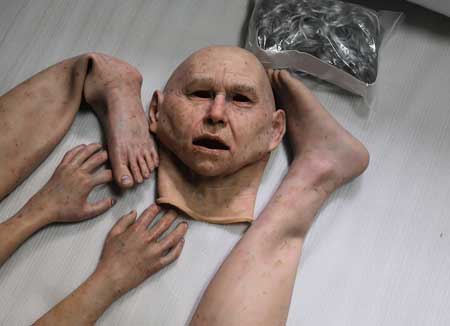
Medical aids customized by a German medical device company
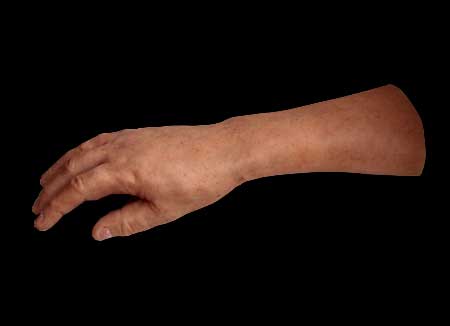
Originally customized by Australian customers
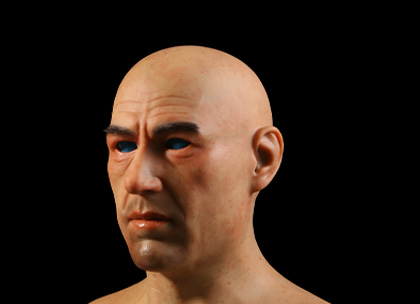
Masks of middle-aged People in Europe and America are very popular
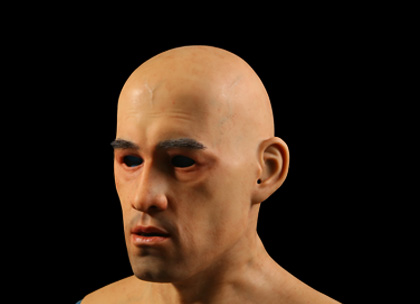
European and American young people mask, popular young people mask, popular
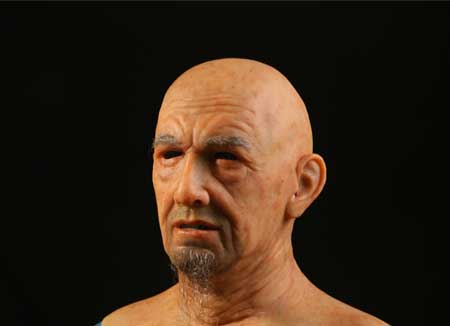
He is an old farmer in Europe and America, honest, authentic and friendly
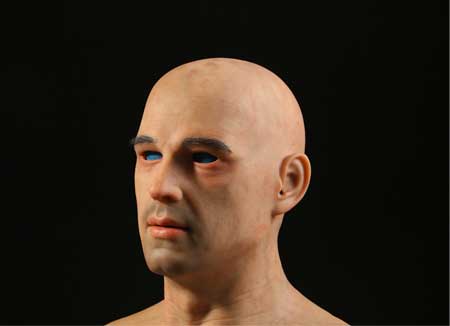
Masks for young people in Europe and America, welcomed by customers
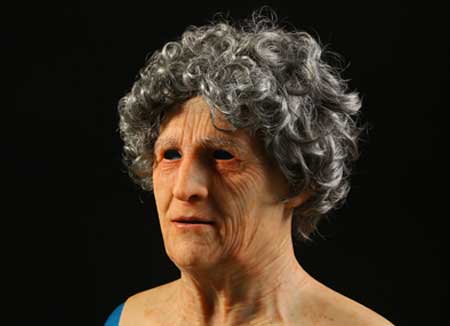
The best-selling style in Europe and America it is well received by users
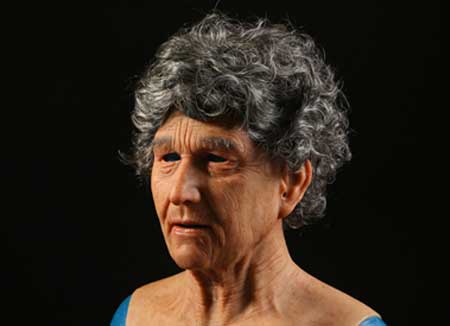
European and American best-selling style, deeply loved by users